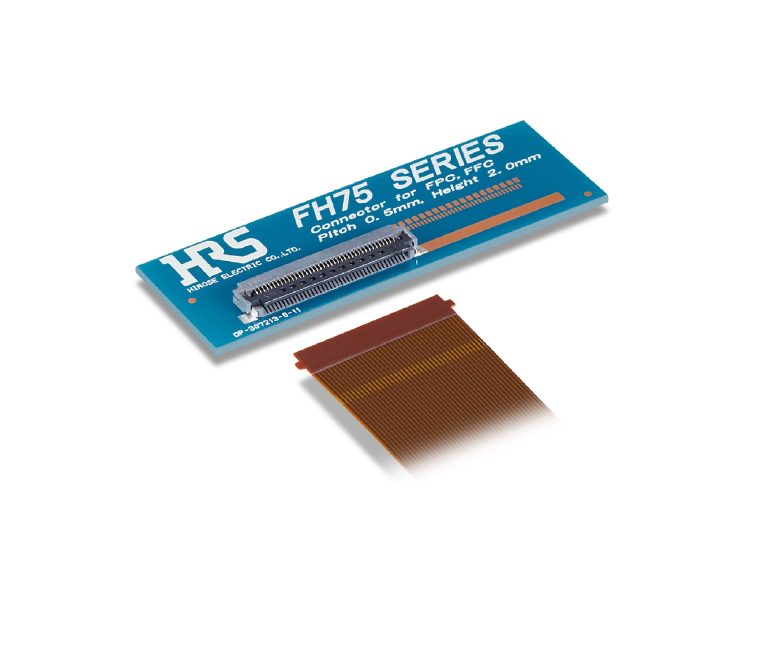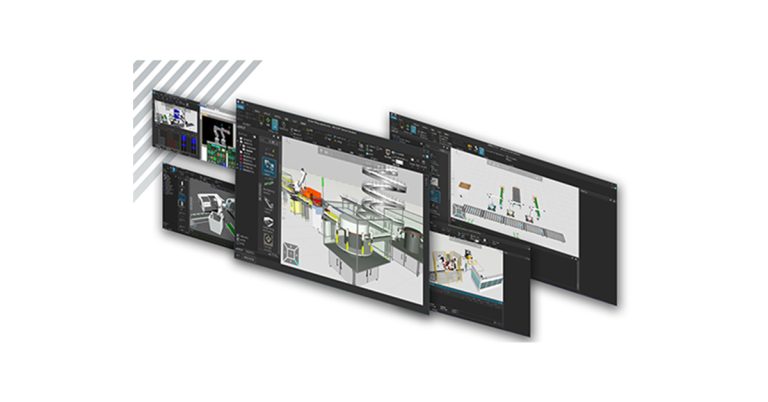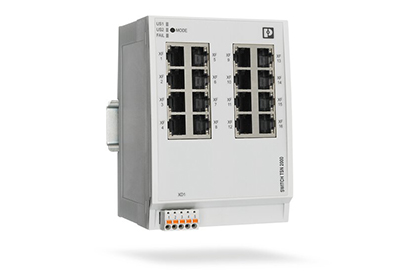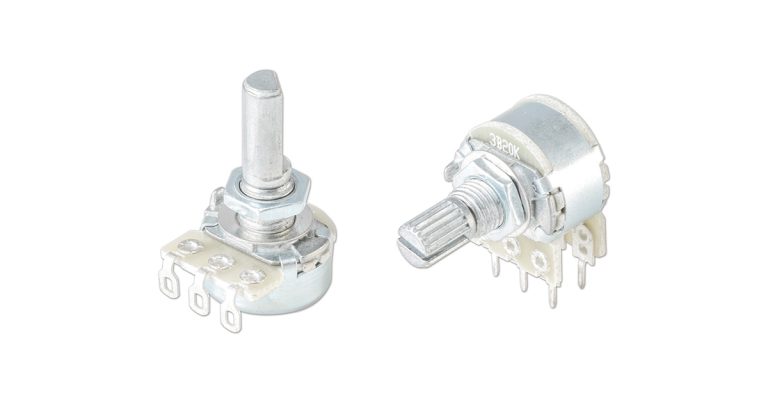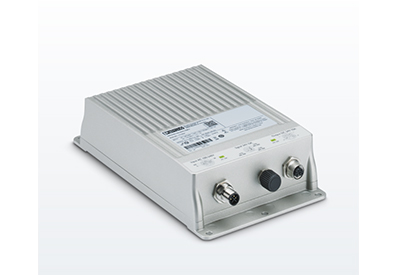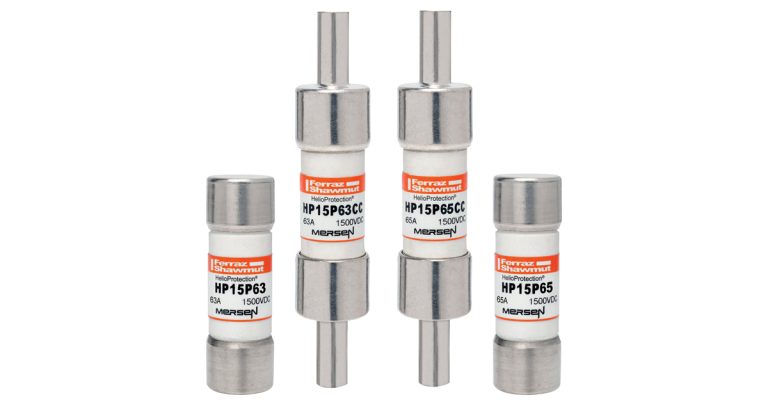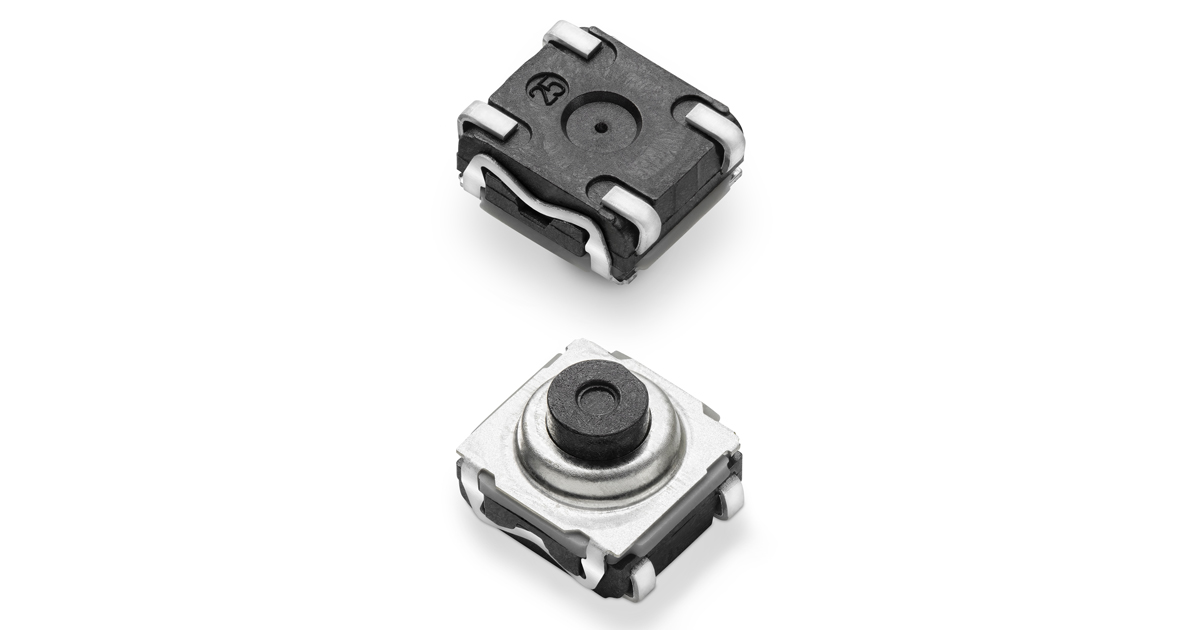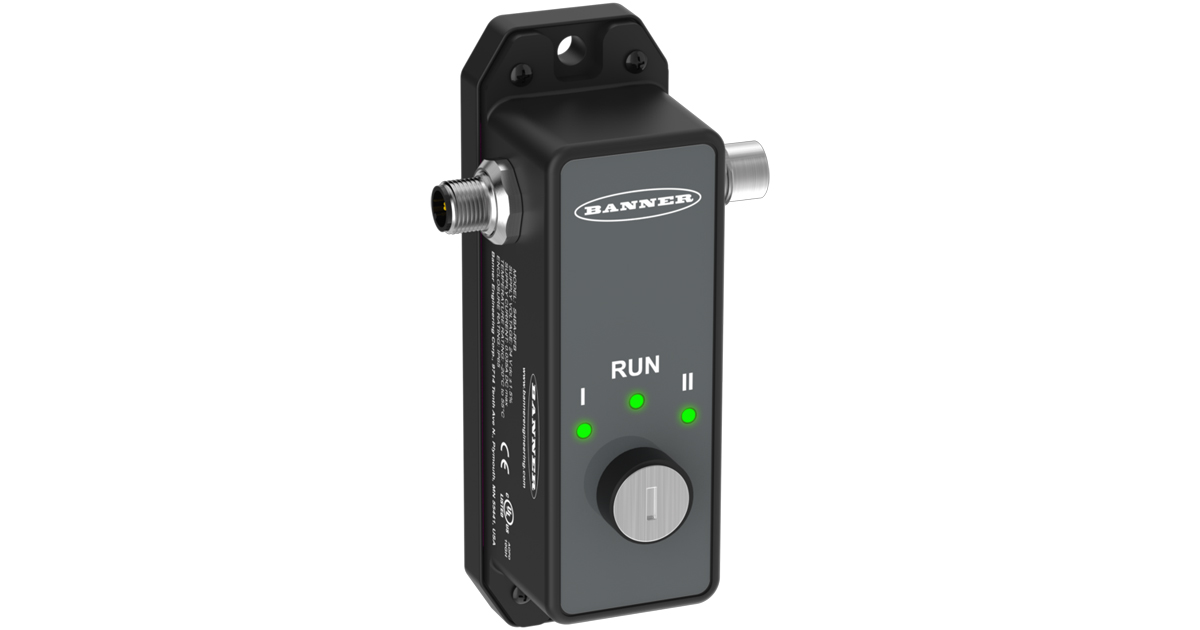Three Important Benefits of Omron’s New NX Safety Tools with Sysmac 1.45
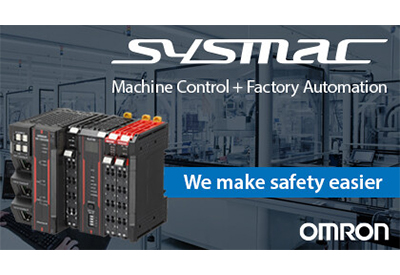
June 21, 2021
Many safety systems add complexity to the applications into which they’re designed. However, it doesn’t need to be this way. With the right tools, you can streamline your safety system to improve flexibility and align it with your specific needs.
Omron is introducing a set of brand-new NX safety tools with Sysmac 1.45 that are designed to reduce the complexity of the average safety system and improve overall ease of use. Let’s take a look at how they achieve this.
1. They reduce installation time with a Batch Setting option.
System integrators (SIs) who are developing CIP Safety solutions often need to collect data from each safety device and manually upload it to the safety PLC to complete setup. This is quite time-consuming, and can even lead to hazardous situations if communication type misconfigurations occur between third-party devices and the safety PLC.
Furthermore, robotic SIs find it difficult to protect for the custom configuration of future modifications in the safety PLC. During project commissioning, communication type changes may be required multiple times, and each change can take several hours depending on the amount of CIP Safety devices present.
The new NX safety tools dramatically reduce installation time with a Batch Setting feature that enables CIP Safety connection type changes to be made as a group and retrieves the safety signature from each CIP Safety device. This speeds up commissioning and improves safety management overall.
2. They support multilingual commenting without affecting the safety signature.
When OEMs and system integrators send machines abroad, they often need to deliver information in the destination’s local language. This requirement is at odds with the desire of global companies to reduce programming efforts related to comments in the local language without changing the safety signature.
The NX safety tools support the addition of comments to the safety program in four different languages without affecting the safety signature in Sysmac 1.45 and above. This makes it much easier for OEMs and SIs to manage multilingual comments for global expansion needs.
3. They add flexibility to your CIP Safety solution.
Flexibility is important in any application. When it comes to safety, a major concern shared by control engineers and designers is reducing wiring in their automation projects to obtain maximum flexibility on the factory floor. Messy, cumbersome wiring systems make application reconfiguration very difficult and inhibit changeovers.
In addition, many safety systems have limited troubleshooting capabilities when integrating third-party devices using generic EDS files from manufacturers, and end-users looking to develop flexible manufacturing systems often have limited safety platform options that allow them to mix third-party devices from different vendors.
With the NX safety tools, you can take advantage of a new EDS tool embedded in Sysmac for effortless and quick integration of CIP Safety devices. And, you can import/export CIP Safety devices created in Sysmac to new projects with ease. Much less R&D support is needed to develop your applications in new ways.
![]()
https://automation.omron.com/en/us/blog/cip-safety-sysmac

